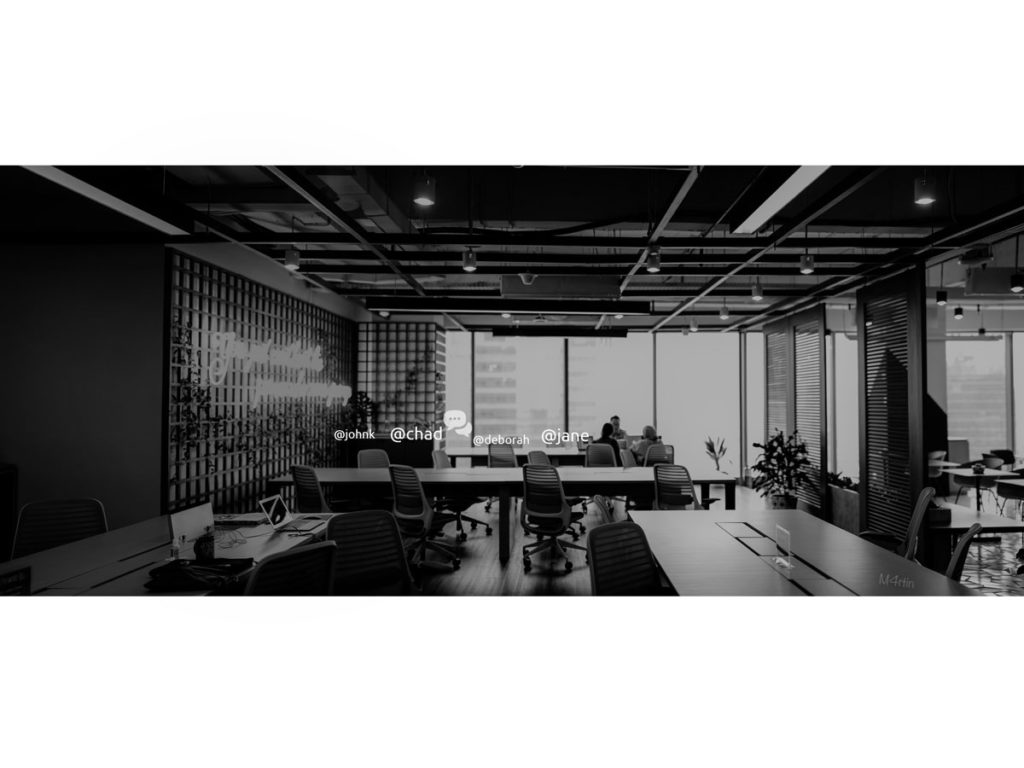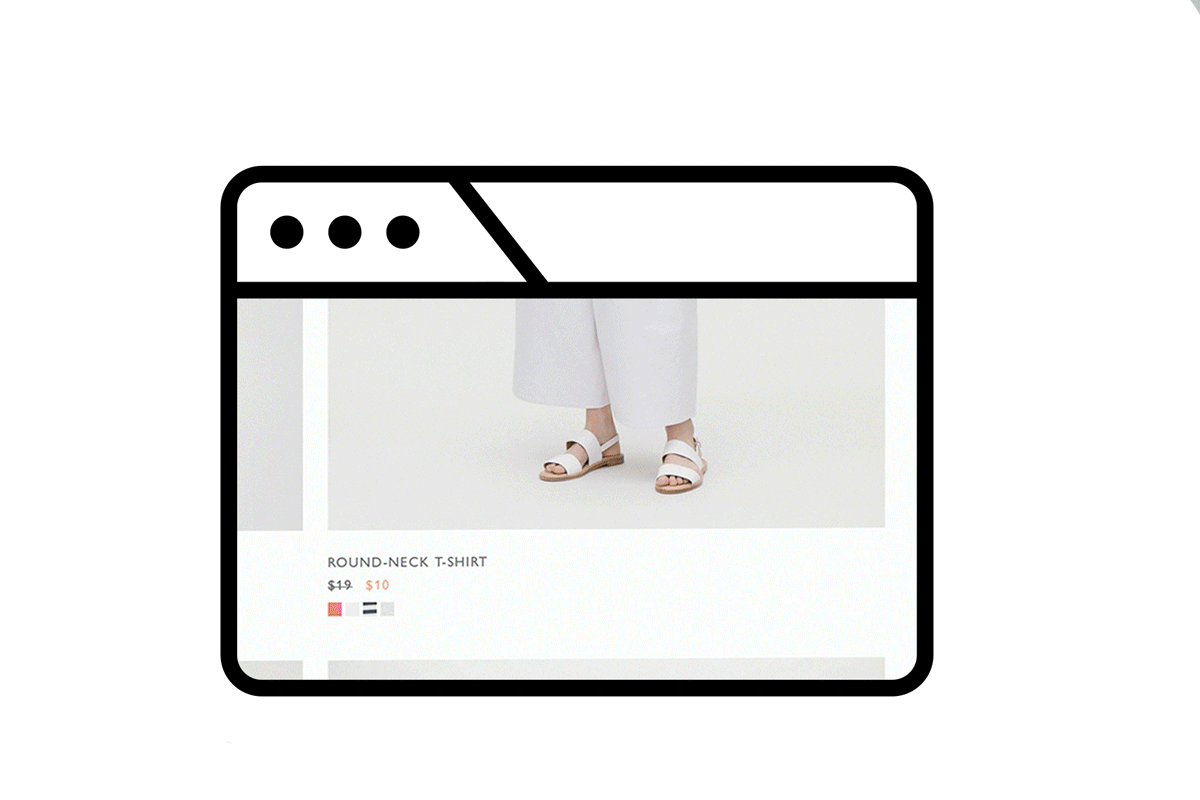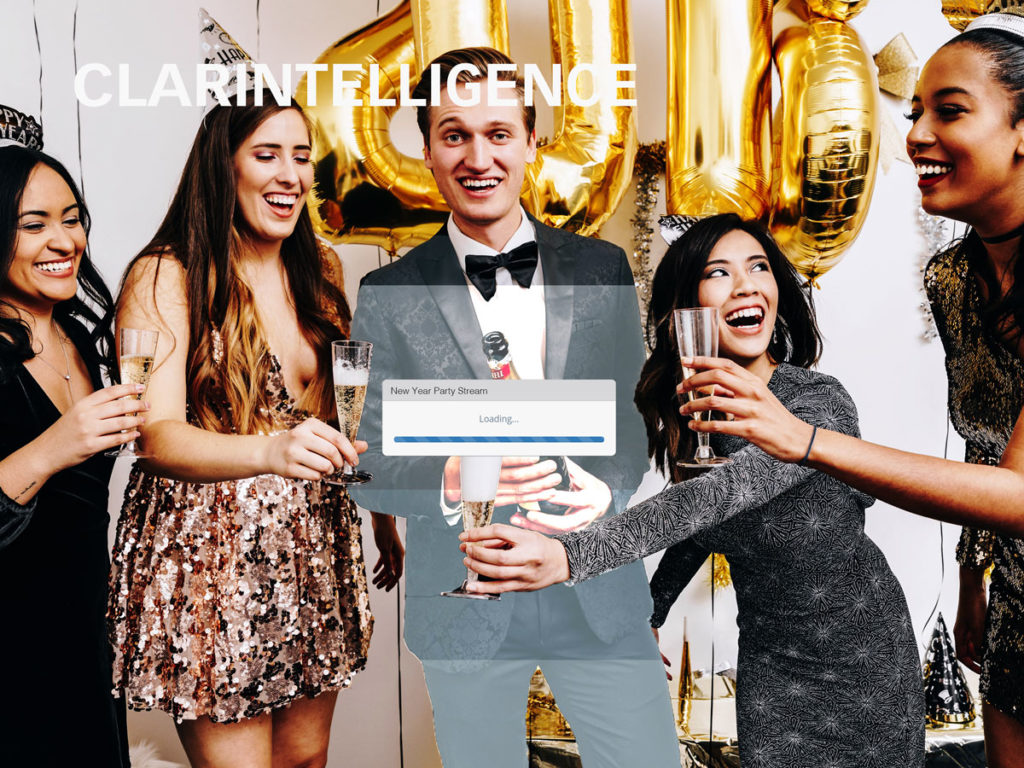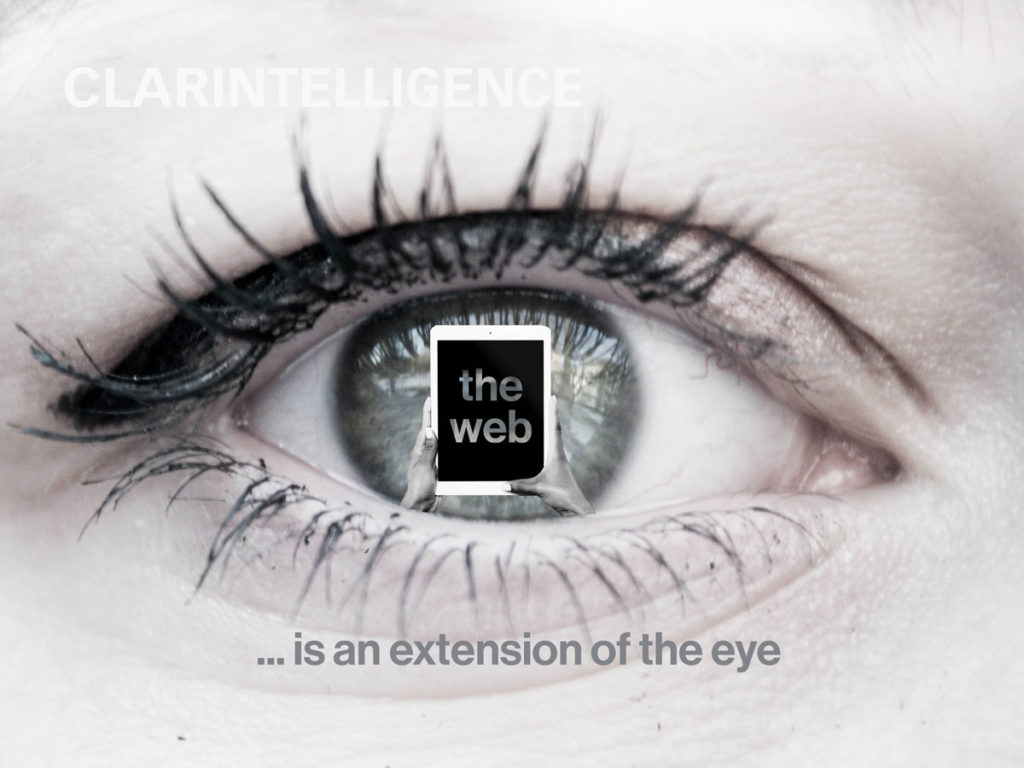Here’s how to calculate the true cost of a software product:
- make an assumption about your hourly fee (this is essentially what your time is worth and can include opportunity cost for lost time)
- make an estimate for the total hours spent you waiting for that software to load, to reboot etc
- make an estimate for the total hours you spent trying to understand how the software works
- purchase cost of the software
True Cost of Software
=
(1.)*(2.) + (1.)*(3.) + (4.)
If (4.) is the smallest component, start looking for a new software.
Your time is your most valuable asset

*a big thank you to Adobe for inspiring this post.








